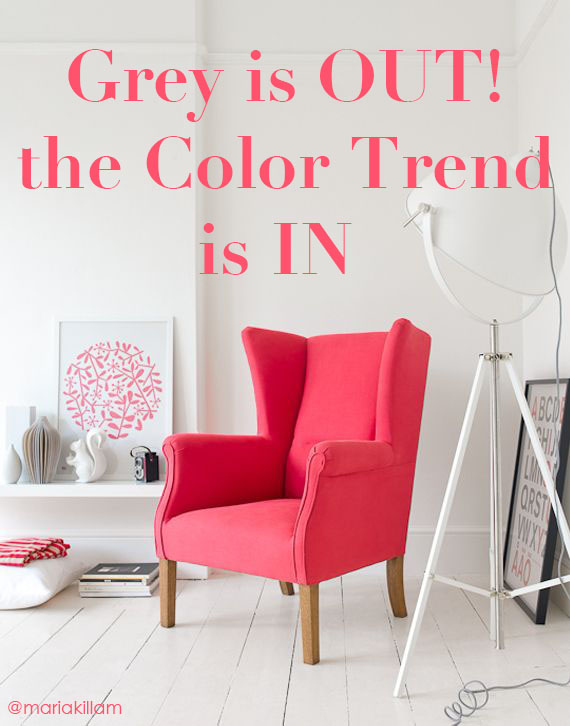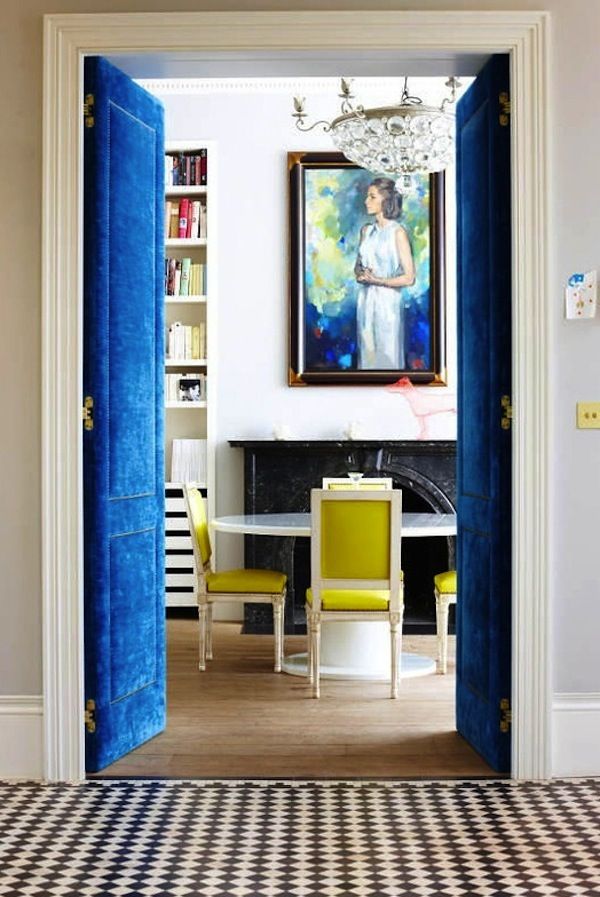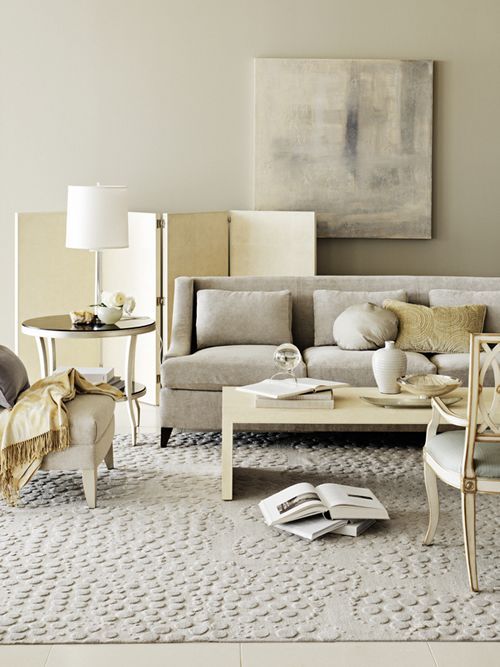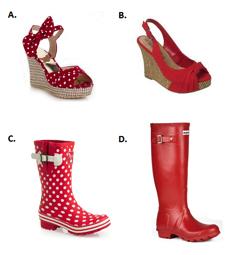Shall we cook with Marsala, or drink it? Why not both?
Marsala was
named “Color of the Year” by Pantone in 2015. The burgundy-color intrigued me
enough to lead me to investigate its history. The abbreviated version from
About.com follows:
Marsala
wine is Italy's most famous version of fortified wine, hailing from Italy’s
sunny southern region, Marsala is an ancient city on the coast of Sicily. Like
its other fortified cousins, Port, Sherry and Madeira, Marsala is a
higher alcohol fortified wine (usually around 17- 20%) that is
available in both sweet or dry variations. While Marsala wine is often
recognized more for its use in various cooking and culinary combinations than
its sipping status, this has not always been the case.
The History of Marsala Wine:
During the early 1800s, England had a
significant military contingent established in Marsala in response to Napolean
and the French occupation of Italy. Consequently, as the British discovered the
regional wine and wanted to ship it back to the homeland they employed the same
strategy that they discovered for making Port in Portugal. This
strategy basically consisted of adding a little grape brandy to the local still
wine and voila you have a fortified wine that can endure the arduous adventure
of ocean shipping without becoming unpalatable gut-rot in the process.
And, if you curious about how Marsala Wine is
made, read on:
Marsala is crafted from local, indigenous
white grapes – like Catarratto, Grillo (the most sought after grape for Marsala
production) or the highly aromatic Inzolia grape. The ruby-colored Marsalas hail from any combination of three local red
grape varietals. The fermentation of Marsala is halted
by the addition of a grape brandy when the residual sugar content reaches the
pre-determined levels according to the sweet/dry style the maker is shooting
for. Similar to the solera system of blending various
vintages of Sherry, Marsala often goes through a perpetuum system, where a
series of vintage blending takes place.
How Marsala Wine is Classified:
Marsala is generally classified according to
its color, age, alcohol content and sweetness/style.
Marsala Color Classifications:
· Ambra (Amber colored) –
made with white grapes.
· Oro (Gold hues) –
made with white grapes.
· Rubino (Ruby colored) – made with red grapes, like Pignatello or
Nerello Mascalese. (The Pantone color is based on this one! BBL)
·
Marsala Age Classifications
·
Marsala Fine – designates a Marsala wine that is
aged for a minimum of one year. This is a typical cooking wine classification.
·
Marsala Superiore – refers to a Marsala wine that has
spent up to three years in oak, but has a baseline minimum of two years in
wood.
·
Marsala Superiore Riserva – has a minimum requirement of four
years in oak and some producers will give it up to six years. This really
starts the Marsala tier that you would look for to use as either an aperitif or
dessert foritified wine option.
·
Marsala Vergine – has a minimum aging requirement of
five years and may go up to seven years in oak.
·
Marsala Vergine Soleras – as the name implies is a
Marsala blend of multiple vintages, with a minimum of five years of aging.
·
Marsala Stravecchio – aged a minimum of 10 years in oak.
·
Marsala Alcohol Content
The
lowest aging classifications typically has the lowest alcohol content. For
example, Marsala Fine is typically around 17% abv and the Superiore Riserva
designation starts the alcohol content of 18%+ abv.
·
Marsala Sweet/Dry Style Designations:
Like
other wine sweet/dry designations, Marsala shares the terms: Dolce (sweet –
typically denotes a residual sugar content of 100+ grams of sugar per liter),
Semi Secco (semi-sweet/demi-sec – typically between 50-100 grams of sugar per
liter) and Secco (dry – has a res. sugar content under the 40 grams per liter
cut off). While Marsala is still known and loved as a cooking wine, in recent years the
Italian wine designations have improved for this historic wine and as a result
Marsala has been gaining quality ground and catching glimpses of its former
glory in the form of both an acclaimed aperitif and dessert wine.
Marsala Food Pairings:
Smoked meats, walnuts, almonds, assorted olives and soft goat
cheese are good options for a dry (secco) Marsala. Opt for chocolate-based
desserts and Roquefort cheese for a sweeter Marsala wine pairing.
·
Marsala
Producers to Try: (Recommended by wine experts)
Florio, Lombardo, Marco De Bartoli, and Pelligrino
My friends, I'm including a delicious recipe for
Chicken Marsala-Siciliano
Put thawed chicken breasts in a large ziploc bag and pound
chicken into thinner portions with a mallet or rolling pin. Next, crush the
croutons in another ziploc bag until they are fairly fine. Melt a half cup of
butter in a saucepan with the crushed garlic clove. Then, dredge the chicken
through the butter and place in the ziploc bag with the crushed croutons to
thoroughly coat the chicken. Place the crouton
crusted chicken into a shallow baking dish. Melt a little more butter and
add a touch of olive oil to saute the mushrooms and add the sherry once the
mushrooms get soft. Let it all simmer for another minute or so. Pour the
sauteed mushroom mixture over the coated chicken breasts. Add salt and pepper
and a dash of paprika if you like, and then bake for 40 minutes at 350 degrees.
Top with fresh parsley.
Tip:
This dish is also
EXCELLENT with chardonnay in place of Marsala or sherry if you prefer tangy
over sweet sauce.









